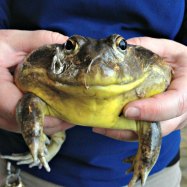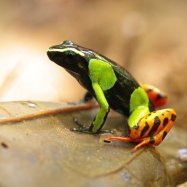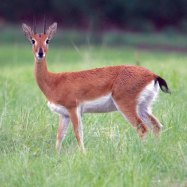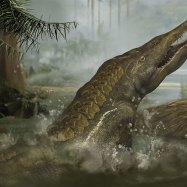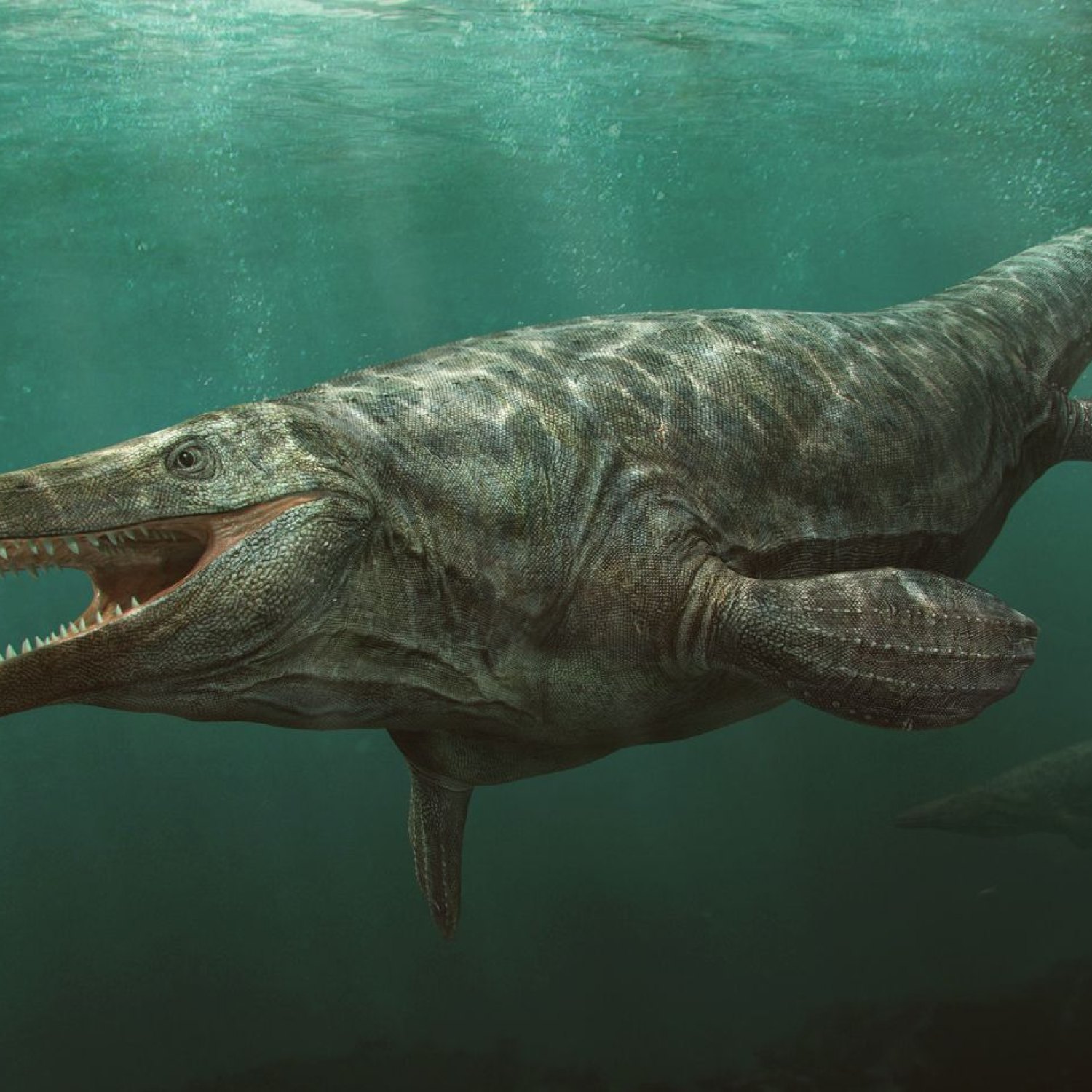
Tylosaurus
Up to 50 feet
Did you know that Tylosaurus, a member of the Mosasaur family, could grow up to 50 feet in length? These streamlined and elongated creatures roamed the Western Interior Seaway during the late Cretaceous period. Be glad you won't come face-to-face with this massive sea predator today! #Tylosaurus #Mosasauridae #ancientcreatures #CretaceousPeriod
Animal Details Summary:
Common Name: Tylosaurus
Kingdom: Animalia
Habitat: Marine
Tylosaurus: The Fearsome Sea Monster of North America
The ocean is a vast and mysterious place, home to some of the most magnificent creatures on the planet. One such creature is the Tylosaurus, also known as the "tyrant lizard." With its long, streamlined body and ferocious appetite, this reptile ruled the seas millions of years ago. In this article, we will dive into the world of this prehistoric sea monster and uncover its fascinating features Tylosaurus.A Mighty Sea Predator
Tylosaurus, whose scientific name also happens to be Tylosaurus, was a marine reptile that lived during the Late Cretaceous period, approximately 85-65 million years ago. It belonged to the family Mosasauridae, a group of aquatic lizards that were among the dominant predators in the oceans during that time.These fearsome creatures were over 50 feet in length, making them one of the largest reptiles to have ever roamed the oceans. With their powerful jaws and sharp teeth, they were apex predators, capable of taking down large prey such as other marine reptiles and even sharks.
Unlike other marine creatures, Tylosaurus was a reptile and not a fish or a mammal. This meant that it needed to come up to the surface to breathe air, similar to modern-day whales and dolphins.
Discovery and Classification
The first fossils of Tylosaurus were discovered in Kansas, United States, in 1872 by renowned paleontologist Othniel Charles Marsh. Marsh was part of the Bone Wars, a competition with fellow paleontologist Edward Drinker Cope to unearth the most significant number of dinosaur fossils. The discovery of Tylosaurus was a significant victory for Marsh, solidifying his reputation as a leading paleontologist of his time Taimen Fish.Tylosaurus was classified within the class Reptilia, a diverse group of air-breathing vertebrates that includes snakes, lizards, and turtles. It belonged to the order Squamata, which consists of mainly land-living reptiles such as snakes and lizards. However, Tylosaurus was a unique member of this order, having adapted to living in the water.
Its scientific name, Tylosaurus, translates to "knob lizard." This name was given due to the bony knob on the tip of its snout, which was thought to have been used for headbutting prey.
Habitat and Distribution
Tylosaurus was primarily found in the Western Interior Seaway, a vast body of water that divided North America during the Late Cretaceous period. This seaway stretched from present-day Canada to the Gulf of Mexico. The warm, shallow waters of the seaway were a perfect environment for the Tylosaurus to thrive.These reptiles were highly adapted to living in the water, with their elongated and streamlined bodies and powerful tails, allowing them to swim through the water with incredible speed and agility. However, they could not venture too far into the deeper ocean as they needed to resurface to take in oxygen.
Aside from the Western Interior Seaway, Tylosaurus fossils have also been found in other parts of North America, such as Kansas, Texas, and South Dakota. This suggests that they were widespread and had a vast geographical distribution.
Appearance and Adaptations
One of the striking features of Tylosaurus was its size, with some individuals growing up to 50 feet in length. Its long, cylindrical body was covered in scales and had four flippers, which it used to maneuver through the water. Its head was elongated and equipped with razor-sharp teeth that could grow up to three inches long.Its body shape and size were indicative of an efficient swimmer, helping it to chase down and catch prey. Its tail was also a vital adaptation, providing powerful propulsion in the water. This was essential for a predator that needed to move quickly to hunt down its food.
Another notable feature of Tylosaurus was its coloration. While there is no way to know exactly what color these reptiles were, scientists believe they may have had dark backs and lighter undersides. This would have helped them blend in with the water, making it easier for them to sneak up on their prey.
Diet and Feeding Method
As an apex predator, Tylosaurus had a ferocious appetite and would have fed on a variety of marine animals. Its sharp teeth were perfectly adapted for tearing apart its prey, which would have ranged from smaller fish to other marine reptiles such as plesiosaurs.One of the most debated aspects of Tylosaurus' diet is whether it was a generalist predator or specialized in hunting certain types of prey. Some scientists believe that its size and powerful jaws allowed it to feed on a wide range of prey, while others suggest that it may have specialized in hunting certain types of fish or reptiles.
The End of an Era
Despite being a dominant predator for millions of years, Tylosaurus, along with the rest of the mosasaurs, met their demise around 65 million years ago. This was the same time period that is famously known for the extinction of the dinosaurs, caused by the Chicxulub impact event.The Chicxulub impact was a massive asteroid or comet that struck the Earth, causing widespread destruction and changing the Earth's climate significantly. This event is believed to have wiped out around 75% of all species on the planet, including Tylosaurus and its marine reptile brethren.
The Legacy of Tylosaurus
Tylosaurus may have gone extinct millions of years ago, but its legacy continues to fascinate scientists and the public alike. Its impressive size and fearsome appearance make it a popular subject in films, books, and even toys.Its fossils have provided valuable insights into the lives of these prehistoric creatures, helping us understand how they lived and interacted with their environment. Studies on Tylosaurus have also shed light on the evolution of marine reptiles and their role in shaping the ecosystems of the oceans.
In Conclusion
Tylosaurus may have been a sea monster, but it was also an essential part of the Earth's rich history. From its discovery during the Bone Wars to its legacy as a popular piece of pop culture, this creature continues to captivate our imaginations.Its immense size and ferocious appetite make it a powerful symbol of the sheer force of nature, reminding us of the majesty and mystery of the oceans. So the next time you find yourself standing by the sea, take a moment to imagine the Tylosaurus gliding through the ancient waters, ruling the waves with its powerful presence.

Tylosaurus
Animal Details Tylosaurus - Scientific Name: Tylosaurus
- Category: Animals T
- Scientific Name: Tylosaurus
- Common Name: Tylosaurus
- Kingdom: Animalia
- Phylum: Chordata
- Class: Reptilia
- Order: Squamata
- Family: Mosasauridae
- Habitat: Marine
- Feeding Method: Carnivorous
- Geographical Distribution: North America
- Country of Origin: United States
- Location: Western Interior Seaway
- Animal Coloration: Varies, often dark on top with lighter undersides
- Body Shape: Streamlined and elongated
- Length: Up to 50 feet

Tylosaurus
- Adult Size: Very large
- Average Lifespan: Unknown
- Reproduction: Egg-laying
- Reproductive Behavior: Unknown
- Sound or Call: Unknown
- Migration Pattern: Unknown
- Social Groups: Unknown
- Behavior: Aggressive
- Threats: Extinction due to environmental changes
- Conservation Status: Extinct
- Impact on Ecosystem: Top predator in its environment
- Human Use: Fossil specimens used for scientific study
- Distinctive Features: Large size, long snout, powerful jaws, paddle-like limbs
- Interesting Facts: One of the largest marine reptiles that ever lived
- Predator: Unknown
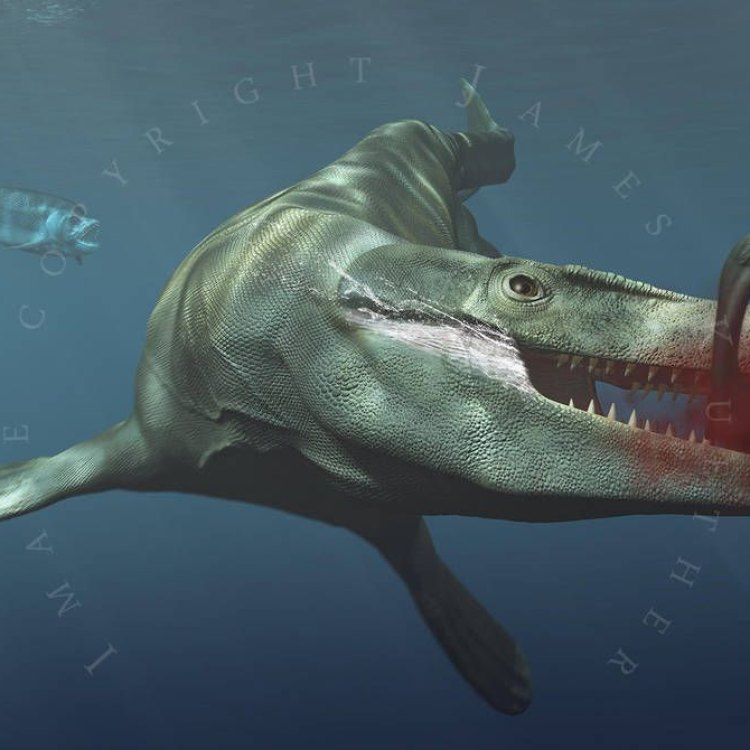
Tylosaurus
The Mighty Tylosaurus: A Giant of the Ancient Seas
In the vast and mysterious depths of the ancient oceans, a fearsome creature roamed the waters. This creature, known as the Tylosaurus, was one of the largest marine reptiles ever to have existed. With its impressive size, jaw-dropping features, and intriguing behavior, the Tylosaurus has captured the imagination of scientists and the public alike. In this article, we will take a closer look at this magnificent sea monster and learn more about its unique characteristics, impact on its ecosystem, and its fascinating place in history PeaceOfAnimals.Com.The Tylosaurus, whose name means "knob lizard," was a marine creature that lived during the Late Cretaceous period, around 85 to 75 million years ago. It was a member of the mosasaur family, a group of prehistoric marine reptiles that ruled the seas during this time. The Tylosaurus was found in the Western Interior Seaway, an ancient ocean that covered a vast area of North America from the Arctic Ocean to the Gulf of Mexico. Its fossil remains have been discovered in present-day Kansas, Texas, and South Dakota, making it a true American icon of prehistoric times.
Size and Appearance
The Tylosaurus was a true giant of the oceans, with adult specimens measuring up to an astounding 45 feet (14 meters) in length. It was longer than a school bus and could weigh up to 10 tons, making it one of the largest marine reptiles that ever lived. Its massive size was comparable to that of the modern-day killer whale, making it a formidable top predator in its environment.
One of the most distinctive features of the Tylosaurus was its long snout, which gave it a distinct crocodilian-like appearance. Its long, powerful jaws were lined with sharp, cone-shaped teeth that could grow up to two inches (5 cm) long Tiger Swallowtail. These teeth were ideal for catching and crushing the shells of its prey, which included sea turtles, fish, and other marine reptiles.
Another remarkable feature of the Tylosaurus was its paddle-like limbs, which were used for propulsion through the water. These limbs allowed the Tylosaurus to swim at high speeds, up to 25 miles per hour, making it a formidable hunter in the open ocean. Its long, streamlined body and tail also helped it to move efficiently through the water.
Reproduction and Behavior
The reproductive behavior of the Tylosaurus may seem like a mystery, as not much is known about it. However, based on evidence from other mosasaur species, it is believed that the Tylosaurus was an egg-laying creature. Female Tylosaurus likely laid their eggs on land, just like modern-day sea turtles. Once hatched, the young Tylosaurus would have made their way to the ocean to begin their life in the sea.
It is also unclear how these creatures interacted with each other, as their social groups and behavior are still a mystery. However, based on their aggressive nature and powerful jaws, it is assumed that they were solitary hunters, only coming together for breeding purposes.
Threats and Extinction
The Tylosaurus lived during a time of great environmental change. As the Earth went through a series of warming and cooling cycles, the oceans and their inhabitants were greatly affected. The Tylosaurus, as a top predator in its environment, may have been impacted by these changes, leading to its eventual extinction.
One of the main threats to the Tylosaurus was the decrease in sea level, which caused the Western Interior Seaway to shrink. This made it difficult for the Tylosaurus to navigate and hunt effectively, as their prey may have become scarce. Additionally, changes in water temperature and chemical composition may have affected the Tylosaurus and other marine life.
Impact on the Ecosystem
As a top predator, the Tylosaurus played a crucial role in its ecosystem. By controlling the population of other marine creatures, it helped to maintain a balanced and healthy ocean environment. Its powerful jaws and sharp teeth allowed it to prey on a variety of animals, keeping the population of smaller marine reptiles and fish in check.
Human Use and Fossil Specimens
Despite their fearsome reputation, Tylosaurus fossils have been valuable assets for scientists and researchers. These fossils provide valuable insights into the prehistoric world, and studying them has helped us to understand more about how these creatures lived. However, due to their large size and impressive features, they have also been used for commercial purposes, with some fossil specimens being sold to collectors or displayed in museums around the world.
Interesting Facts
The Tylosaurus was not only one of the largest marine reptiles, but it also had some other fascinating characteristics. For instance, studies have shown that their eyes were adapted to see in both bright and dark conditions, making them efficient hunters at any time of day. Additionally, they had a secondary palate, which allowed them to breathe through their nose while their mouth was full, a unique feature not found in many other marine reptiles.
In Conclusion
The Tylosaurus was a truly remarkable creature, with its massive size, powerful jaws, and paddle-like limbs making it a formidable predator in the ancient seas. Despite its impressive features, it eventually succumbed to the challenges of its changing environment and went extinct. However, its legacy lives on through the remains it left behind, providing us with valuable insights and a glimpse into the world of these mysterious sea monsters.
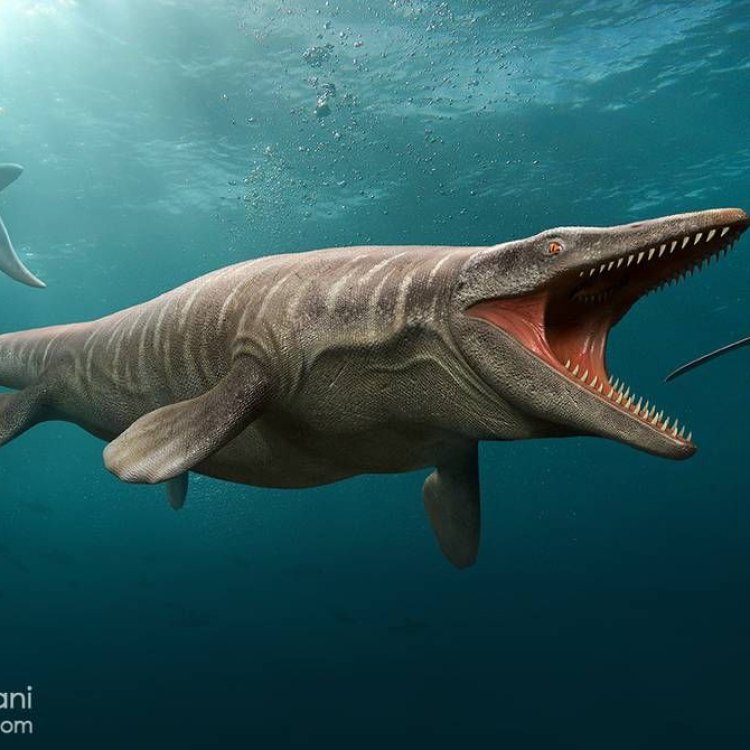
Tylosaurus: The Fearsome Sea Monster of North America
Disclaimer: The content provided is for informational purposes only. We cannot guarantee the accuracy of the information on this page 100%. All information provided here may change without prior notice.



